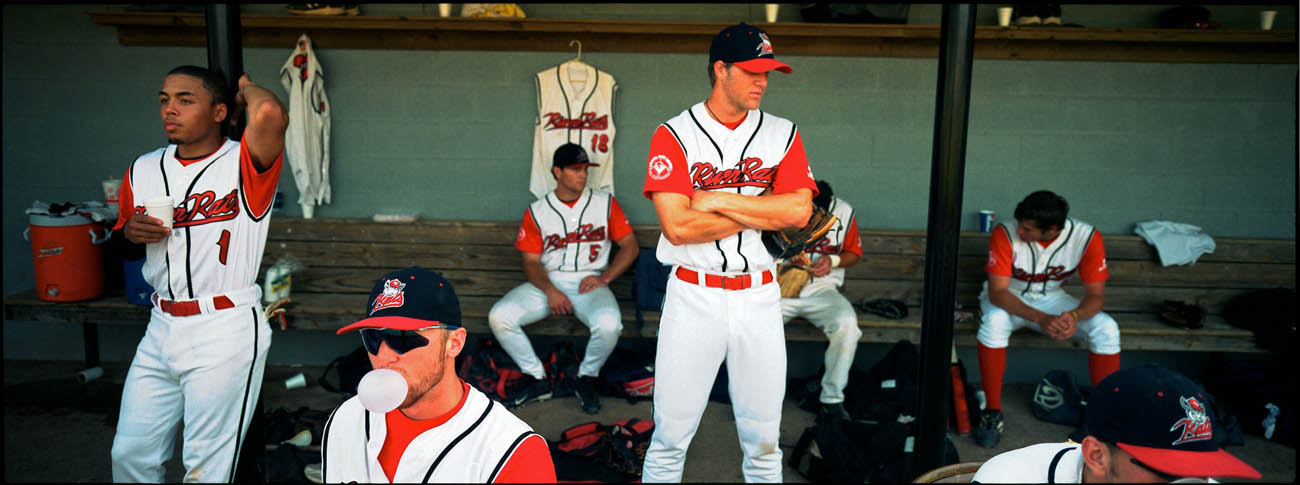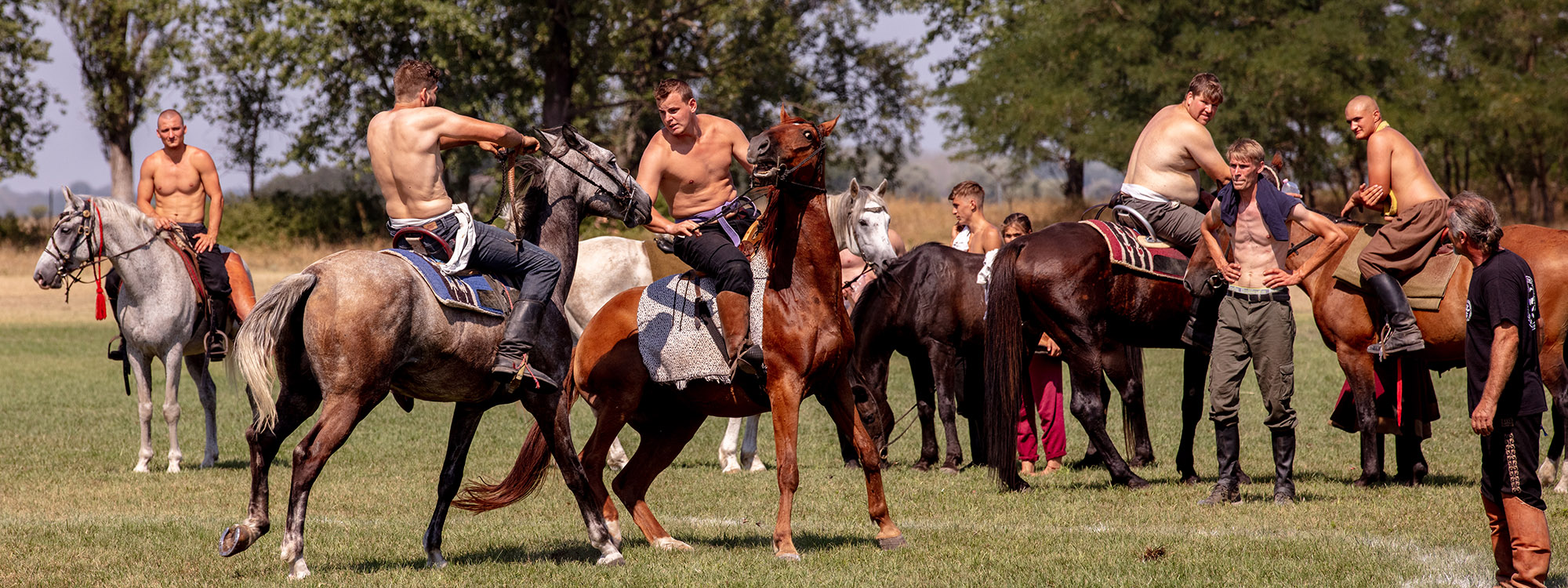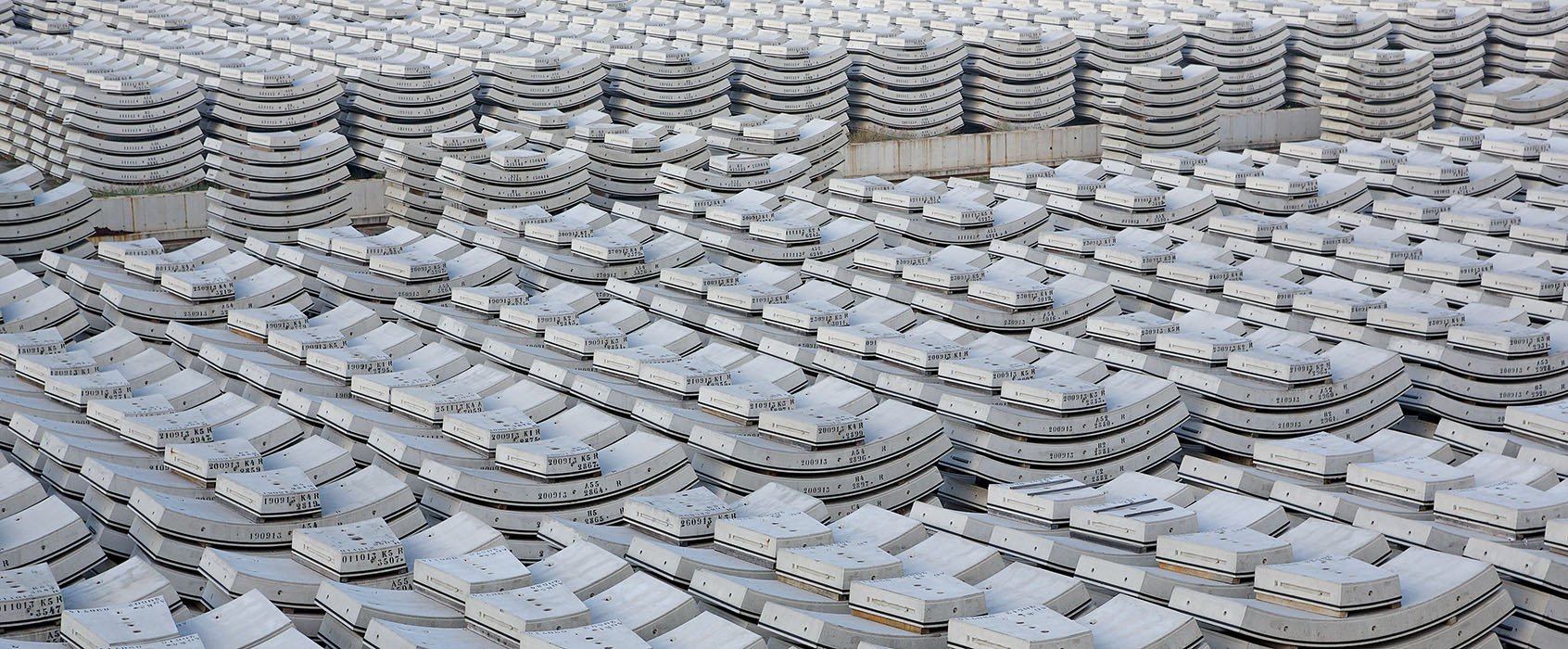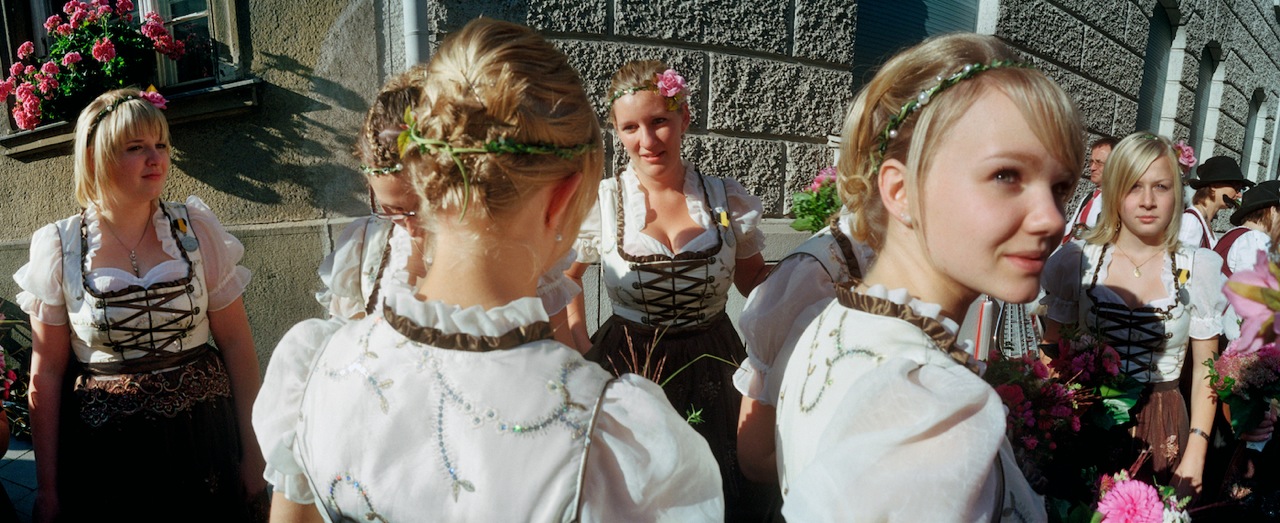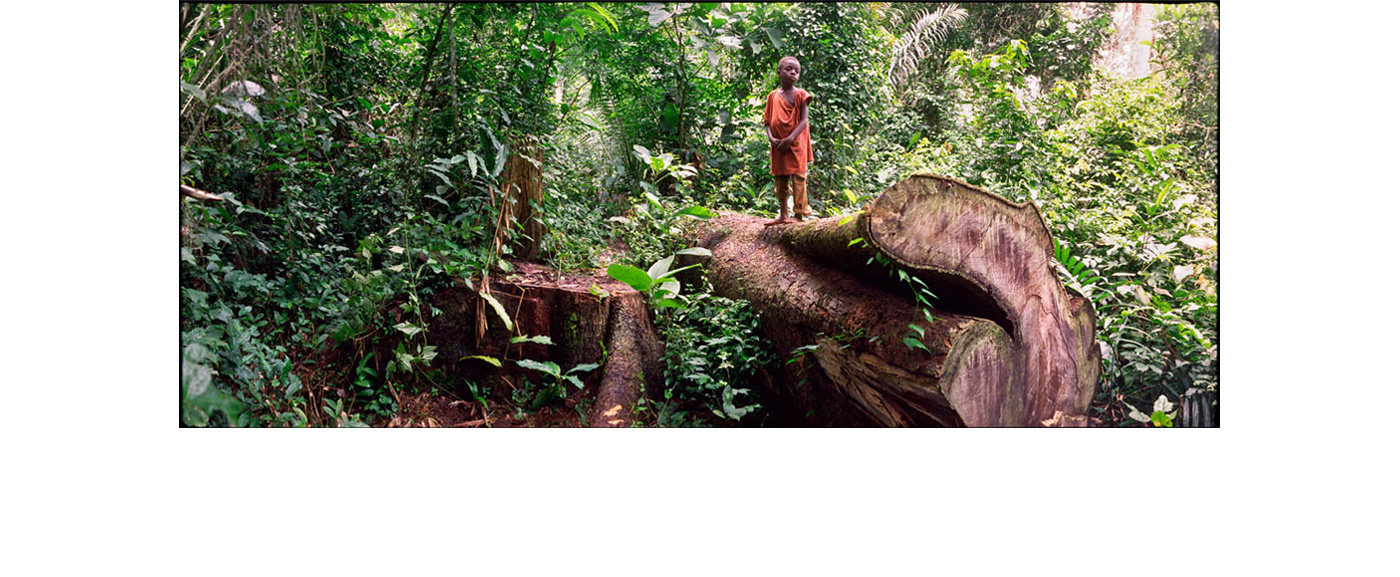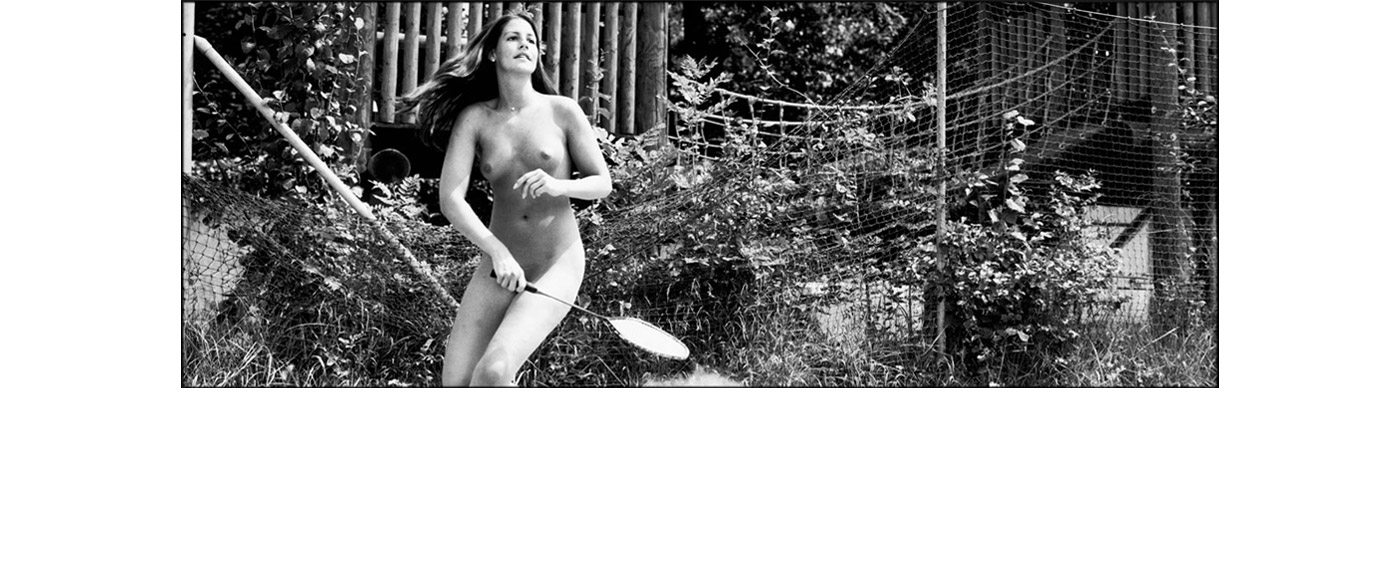Our Town
Our Town est le portrait photographique de New Bern réalisé par MICHAEL von GRAFFENRIED. New Bern est une petite ville de Caroline du Nord de 30 000 habitants, dont environ 55% de citoyens blancs et 33% de citoyens noirs. C‘est ici en 1710 que Christoph von Graffenried, émigré de Berne, en Suisse, Read more…
